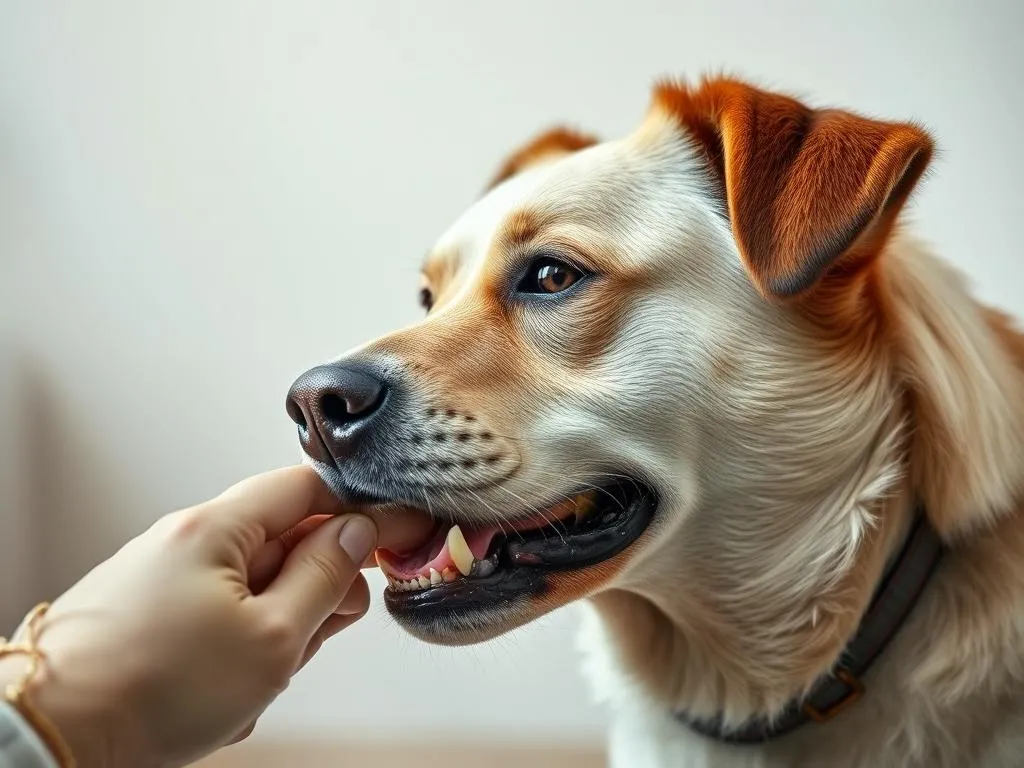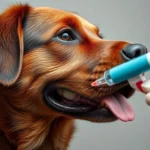
Dog bites are more common than many people realize. According to the Centers for Disease Control and Prevention (CDC), approximately 4.5 million dog bites occur each year in the United States alone. While many of these bites are minor and can be treated at home, some can lead to serious complications if not handled correctly. Understanding how to properly care for a dog bite is essential for ensuring both immediate and long-term health.
Understanding Dog Bites
Types of Dog Bites
Not all dog bites are created equal. They can be categorized into minor and serious bites. Minor bites may break the skin slightly, causing minimal pain or bleeding. Serious bites, however, can puncture deeply, involving muscles, tendons, and even bones. Factors such as the size of the dog, the force of the bite, and the location on the body can all affect the severity. For instance, a small dog may cause a minor bite, while a larger dog can inflict significant damage, especially in sensitive areas like the face or hands.
Symptoms of a Dog Bite
When assessing a dog bite, there are several immediate signs to watch for. Pain, swelling, and bleeding are common symptoms. Additionally, the bite area may become red and warm. It is vital to monitor for possible infections and complications, which can manifest as increased redness, swelling, pus, or fever.
When to Seek Professional Help
Certain signs indicate that you should seek veterinary intervention. If the wound is deep, if there is significant bleeding that doesn’t stop with pressure, or if you notice signs of infection, it is essential to consult a veterinarian. Additionally, checking the dog’s rabies vaccination status is crucial, as rabies is a serious concern in bite cases. If the dog’s vaccination is unknown or the dog appears sick, immediate veterinary assistance is necessary. Tetanus shots may also be recommended, depending on the severity of the bite and your vaccination history.
Immediate First Aid for Dog Bites
Initial Response
The initial response to a dog bite can set the tone for recovery. Keeping calm is essential, both for your well-being and for managing the situation effectively. If the dog is still nearby and poses a threat, move to a safe area.
Steps to Take Immediately After a Dog Bite
- Wash your hands thoroughly to prevent introducing bacteria to the wound.
- Control bleeding by applying gentle pressure with a clean cloth or gauze. Elevate the area if possible to reduce blood flow.
- How to clean the wound: Use mild soap and clean, running water to rinse the area. Avoid using harsh chemicals directly on the wound, as these can cause further irritation.
Disinfecting the Wound
Once the bleeding is controlled, it’s time to disinfect the wound. Recommended antiseptics include hydrogen peroxide or iodine. Apply the antiseptic gently, avoiding excessive scrubbing, which can damage the tissue.
Cleaning a Dog Bite: Step-by-Step Guide
Gather Necessary Supplies
Before starting the cleaning process, gather the following supplies:
– Disposable gloves
– Gauze or clean cloth
– Mild soap
– Antiseptics (hydrogen peroxide or iodine)
– Sterile bandages
– A clean bowl or sink for rinsing
Using sterile materials is crucial to prevent infection.
Step-by-Step Cleaning Process
- Rinse the wound with clean water. Ensure that any debris or dirt is washed away.
- Apply soap gently around the wound. Do not use soap directly in the wound, as it may cause irritation.
- Rinse and dry the area. Use a clean cloth to pat the area dry; do not rub.
- Apply antiseptic. Use a clean applicator or gauze to spread the antiseptic over the wound.
- Cover the wound with a sterile bandage. Ensure it is secure but not too tight to restrict blood flow.
Monitoring the Wound
After cleaning, monitoring the wound for signs of infection is critical. Watch for increased redness, warmth, or discharge, which may indicate an infection. Change the dressing if it becomes wet or dirty, or at least once a day to keep the area clean and dry.
Aftercare and Healing
Pain Management
Pain management is an important aspect of recovery. Over-the-counter pain relief options such as acetaminophen or ibuprofen can help alleviate discomfort. However, always consult your veterinarian or doctor before administering any medication. Natural remedies like ice packs can also be effective for reducing swelling and pain.
Keeping the Wound Clean and Dry
Maintaining cleanliness and dryness is essential for healing. Change the bandage regularly to prevent moisture buildup and reduce the risk of infection. It is recommended to change the dressing daily or more often if it becomes soiled.
Follow-Up Care
Follow-up care is crucial for ensuring proper healing. If you notice any signs of infection or if the wound does not seem to be healing, return to your veterinarian for a check-up. Additionally, discuss follow-up vaccinations, especially if there’s a concern regarding rabies or tetanus.
Prevention of Dog Bites
Understanding Dog Behavior
Understanding dog behavior is key to preventing bites. Many dogs bite out of fear, aggression, or territorial instincts. Recognizing common triggers—such as sudden movements, loud noises, or perceived threats—can help you avoid situations that may lead to a bite.
Tips for Dog Owners
For dog owners, proper management of dogs in public spaces is vital. Always keep your dog on a leash when in unfamiliar environments, and monitor your pet for signs of stress. Teaching children how to interact appropriately with dogs can also reduce the risk of bites; children should be taught to approach dogs calmly and never disturb them while they are eating or sleeping.
Community Resources
Many communities offer training classes for dog owners to help them understand canine behavior and promote responsible pet ownership. Look for local resources and programs focused on bite prevention and training strategies.
Conclusion
Cleaning a dog bite properly is crucial for ensuring both immediate safety and long-term health. While it may be tempting to brush off a minor bite, taking the right steps can prevent infections and complications. Always remember the importance of seeking professional help when necessary, especially in severe cases. Responsible dog ownership and understanding canine behavior can go a long way in preventing dog bites altogether. By taking these precautions, you can create a safer environment for both humans and dogs alike.









